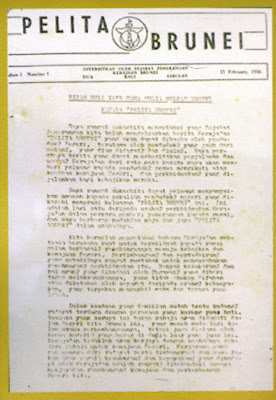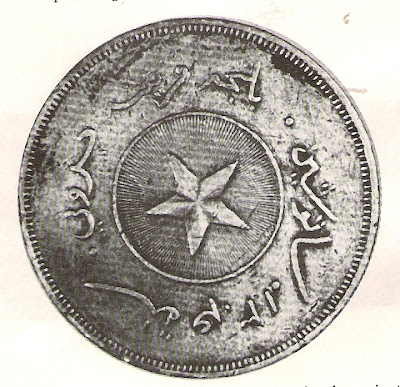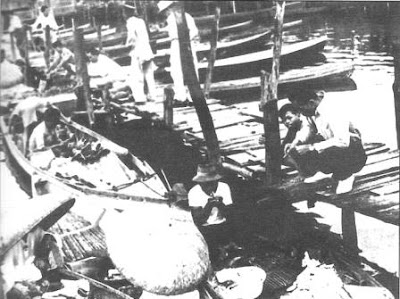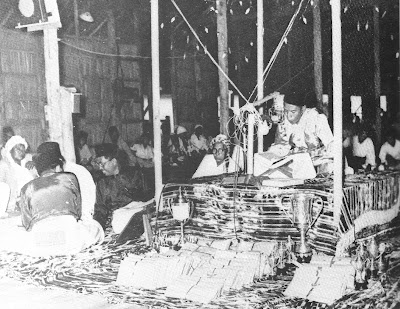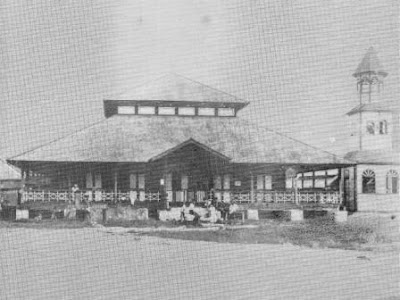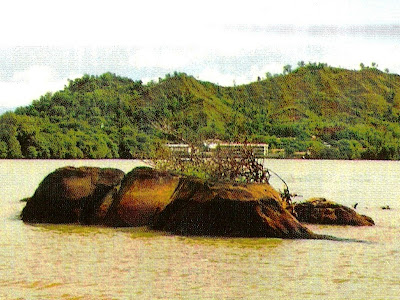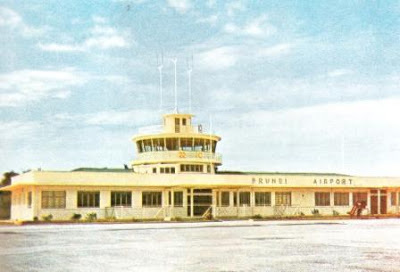Bandar Seri Begawan - a new city, an ancient capital
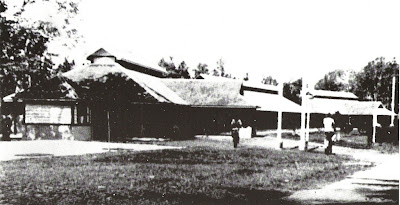
[The following article was published edited in the Golden Legacy column of Brunei's national newspaper The Brunei Times on 29th July 2007, 2 days before the expansion of the territory of Bandar Seri Begawan.] On 1st August 2007, Bandar Seri Begawan, the capital of Brunei Darussalam will officially be enlarged to about 10 times the size of what it is today. The current size of Bandar Seri Begawan is surprisingly smaller than that of the municipality of Kuala Belait and Seria. But come 1st August 2007, the new size of Bandar Seri Begawan (100.36 sq km) will be comparable to a number of other capitals in the world. Even though Brunei’s capital city had been in existence for at least 500 years, the capital city on dry land is relatively new. Last year, Bandar Seri Begawan celebrated its centenary being on dry land. Prior to that Bandar Seri Begawan or Pekan Brunei as it was then known was a city on water. Peter Blundell in his book ‘City of Many Waters’ published in 1923 stated that th

